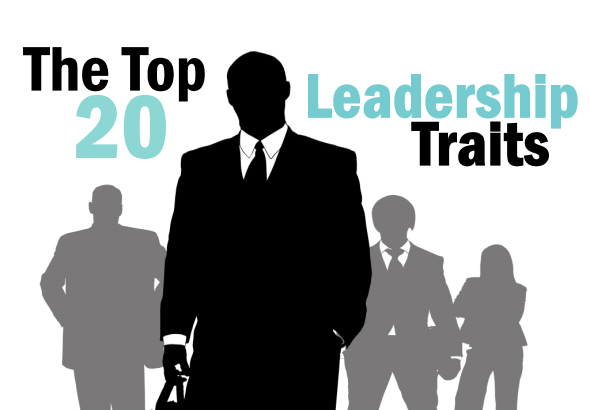A couple of individuals challenged me the other day on my approach and use of leadership competency models. Essentially they said that competency theory (their choice of words) was nothing more than trait theory that was the first theory of leadership appearing in the early 20th century.
However, in point of fact, trait theory assumes that the “traits” that are essential for leadership are already inborn, natural, or inherited. They cannot be changed – read, “acquired” or “strengthened.” Trait theory did not contemplate the possibility that new leaders who lacked required traits could develop them. That is one of the primary shortcomings to trait theory.
In some respects, the competency approach to leadership theory did in fact emanate from the trait theory. Competency theory focuses on skills, or behaviors, which make leaders effective.
Two other similar theories exist although not as well known. The first, called the three-skill theory approach suggests that leadership skills/behaviors are tied to the level in which the person works in the organization. As leaders move from supervisory positions to broader more strategic positions, the skills/behaviors that become more important shift technical to human to conceptual. The second is the five-skill theory and indicates that the factors of effective leadership are (1) competencies; (2) individual attributes; (3) outcomes; (4) career experiences; and (5) environmental influences. Quite frankly, I do not find much use for either or these but they are useful in considering the trait versus competency debate.
